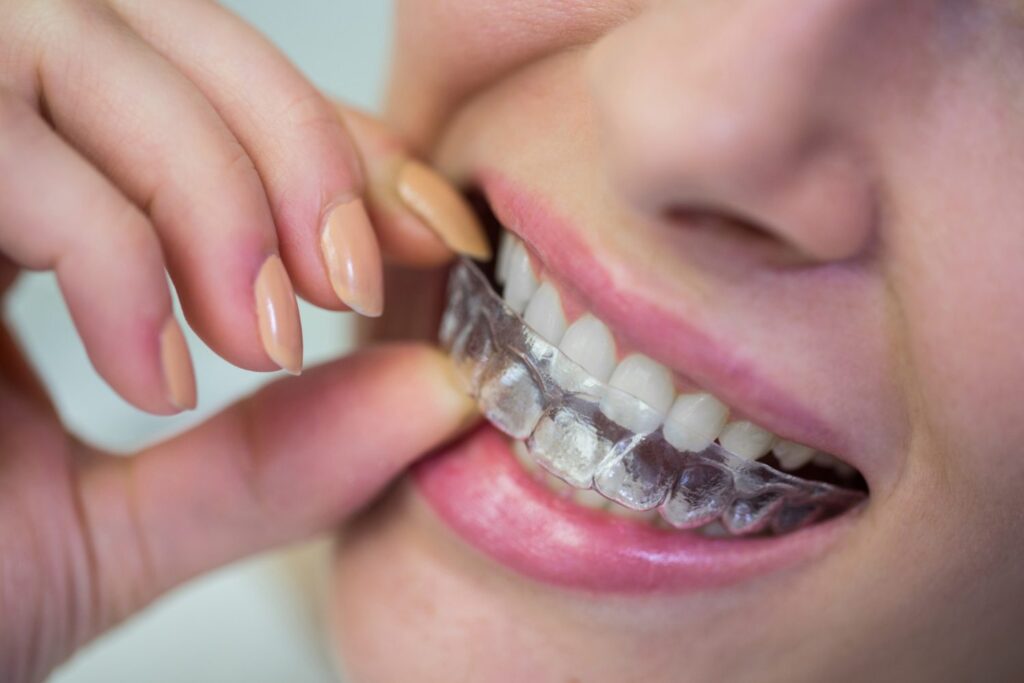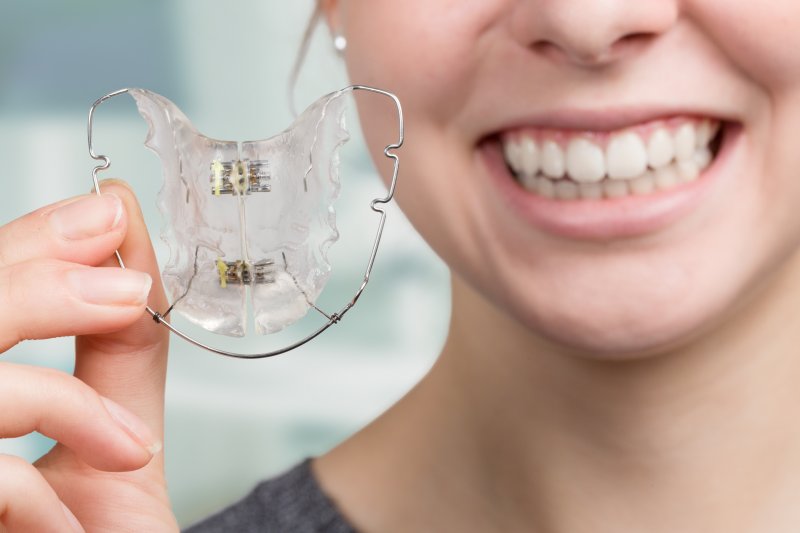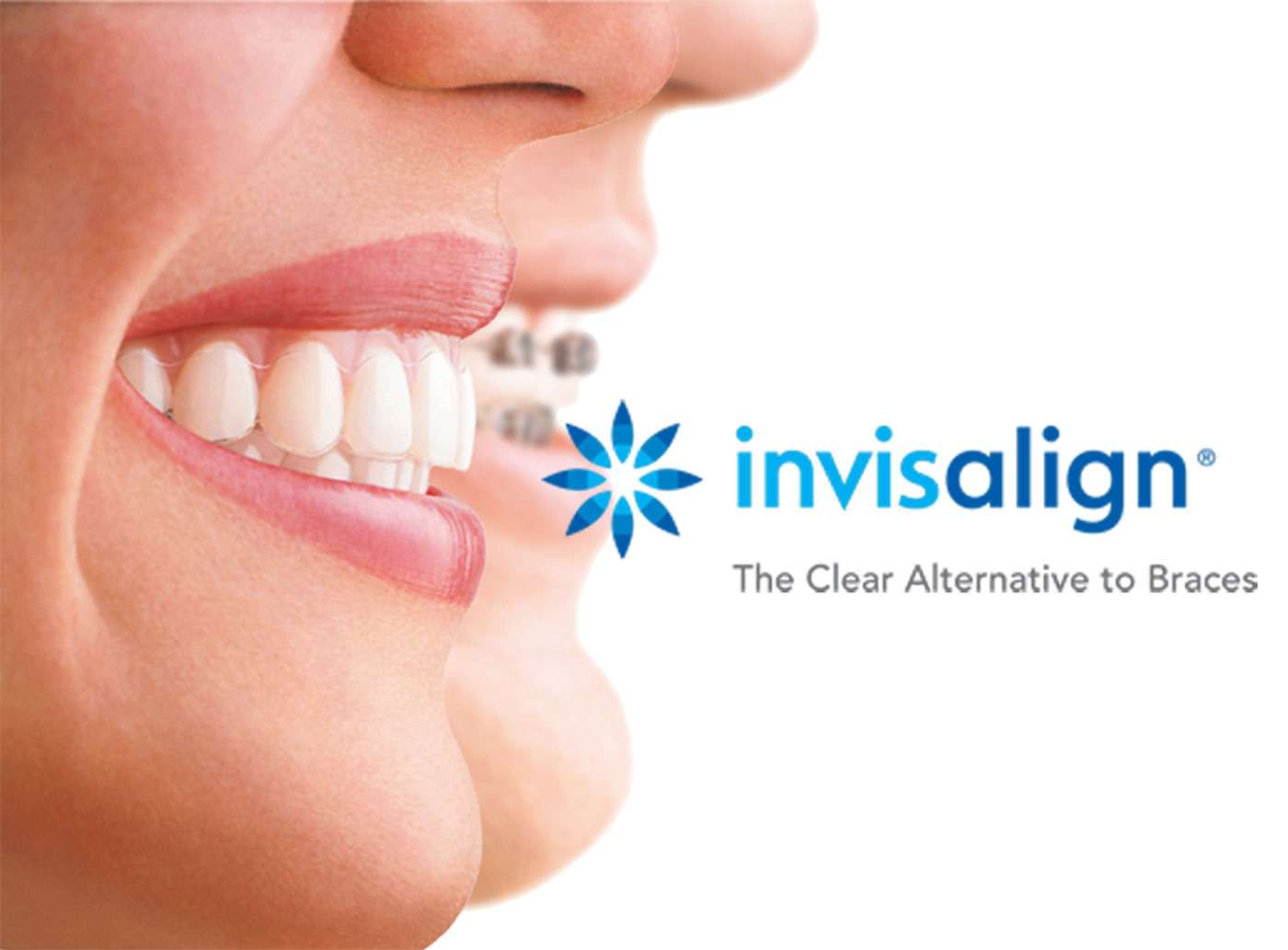Discover the Perks of Invisalign for a Perfect Smile Makeover
Discover the Perks of Invisalign for a Perfect Smile Makeover
Blog Article
Invisalign vs. Traditional Dental braces: Which Choice Is Right for You?
When considering orthodontic therapy, the option in between Invisalign and traditional dental braces presents numerous essential factors that merit mindful examination. Invisalign supplies a discreet alternative with detachable aligners, while standard braces supply a more noticeable yet reliable service for extreme misalignment. Each choice encompasses unique benefits and downsides associated to appearances, comfort, treatment duration, and price. Understanding these nuances is critical for making a notified choice that lines up with your personal choices and way of living. The question stays: which alternative will ideal meet your orthodontic requirements and assumptions?
Introduction of Therapy Alternatives

On the other hand, traditional braces are composed of metal brackets and cords that are bound to the teeth. This method applies constant stress in time to attain positioning. While efficient for complicated orthodontic concerns, standard dental braces need routine brows through for changes and can position challenges in keeping oral health because of the difficulty of cleaning around braces and cables.
Both alternatives have their advantages, and the choice usually depends upon certain oral problems, lifestyle preferences, and client compliance. Inevitably, seeking advice from an orthodontic expert is important for establishing the most appropriate therapy plan tailored to private needs. Recognizing the nuances of each choice can dramatically influence the general success of orthodontic treatment.
Aesthetic Factors To Consider
A substantial element influencing the choice in between Invisalign and traditional braces is the aesthetic allure each therapy uses. Invisalign aligners are crafted from clear plastic, making them virtually invisible when used.
On the other hand, conventional braces consist of steel braces and cables, which can be much more visible. While improvements in orthodontic technology have actually caused the advancement of smaller braces and colored elastics, typical dental braces still maintain an even more noticeable account. For some individuals, the visibility of dental braces might prevent them from looking for required treatment.
Ultimately, the selection in between Invisalign and typical braces might pivot on individual choices pertaining to aesthetic appeals. People who focus on discernment often favor Invisalign, while those that are less concerned regarding visibility might select typical braces. Comprehending the aesthetic effects of each option is vital for making an informed decision that lines up with one's lifestyle and preferences.
Comfort and Convenience

In terms of comfort, Invisalign aligners are detachable, allowing individuals to appreciate their preferred foods without restriction and maintain ideal dental hygiene. Cleaning and flossing are streamlined, as the aligners can be secured during these regimens, whereas conventional dental braces call for careful steering around brackets and cords.
In addition, Invisalign's progressive system allows for less orthodontic sees. Individuals usually receive multiple sets of aligners at as soon as, which can streamline the therapy procedure and decrease time spent in the orthodontist's chair. On the other hand, traditional dental braces demand regular modifications, making them much less practical for those with active schedules. Invisalign. On the whole, the comfort and convenience of Invisalign make it an attractive choice for many people seeking orthodontic treatment.
Therapy Duration and Effectiveness
While both Invisalign and typical dental braces are reliable in dealing with oral misalignments, the period of treatment can vary significantly in between both options. Normally, Invisalign therapy can take anywhere from 12 to 18 months, depending upon the intricacy of the instance. The clear aligners function by look at this web-site gradually changing teeth right into their wanted positions, and routine follow-ups with an orthodontist help guarantee progression continues to be on the right track.
On the other hand, conventional dental braces frequently need a longer commitment, normally varying from 18 months to three years. This is due to their set nature and using cables and braces, which can be much more reliable for serious misalignments and complicated cases (Invisalign). The treatment effectiveness of typical dental braces is well-documented, as they enable exact modifications and greater control over tooth motion
Eventually, the choice between Invisalign and conventional braces might rest on both the expected therapy duration and the specific dental problems handy. Consulting with an orthodontist is essential, as they can offer tailored suggestions based on individual requirements, guaranteeing the chosen method aligns with desired durations and end results.
Cost Comparison and Insurance Coverage Options
Cost plays a considerable role in the decision-making procedure for individuals taking into consideration orthodontic therapy, whether choosing Invisalign or conventional dental braces. Typically, the price of Invisalign arrays from $3,000 to $8,000, while traditional dental braces normally cost between $2,000 and $6,000. Aspects influencing these prices include the intricacy of the instance, the period of treatment, and geographical place.
Insurance policy insurance coverage can substantially influence out-of-pocket expenditures. Several oral insurance strategies supply partial insurance coverage for orthodontic therapies, yet the specifics can vary extensively. It is critical for people to assess their insurance plan to determine the level of protection for either option. Typically, standard braces might be more often covered by insurance coverage strategies compared to Invisalign, which some insurance firms classify as a cosmetic treatment.
In addition, several orthodontic practices offer adaptable payment strategies, making both treatment alternatives more accessible. Patients should ask about possible funding alternatives and price cuts for in advance repayments. Reviewing the complete expense, consisting of insurance policy benefits and layaway plan, is vital for making an educated choice that straightens with both visual choices and spending plan considerations.

Conclusion
In summary, the choice between Invisalign and traditional dental braces hinges on numerous aspects, including aesthetic choices, comfort, treatment duration, and expense. Invisalign uses a very discreet, why not look here removable choice that facilitates dental hygiene and nutritional versatility, while typical braces may be preferable for complex oral problems and usually come with a lower cost factor. Eventually, assessment with an orthodontist is vital to evaluate private conditions and determine the most appropriate treatment option for accomplishing ideal dental placement.
When thinking about orthodontic therapy, the selection between Invisalign and typical dental braces provides numerous essential factors that warrant careful evaluation.Comparing Invisalign and conventional dental braces reveals unique therapy choices for orthodontic improvement.While both Invisalign and conventional braces are efficient in dealing with oral imbalances, the duration of treatment can vary substantially in between the two alternatives.Price plays a substantial duty in the decision-making procedure for individuals taking into consideration orthodontic treatment, whether choosing for Invisalign or conventional braces.In summary, the selection between Invisalign and conventional dental braces pivots on numerous variables, including aesthetic choices, comfort, treatment duration, and price.
Report this page